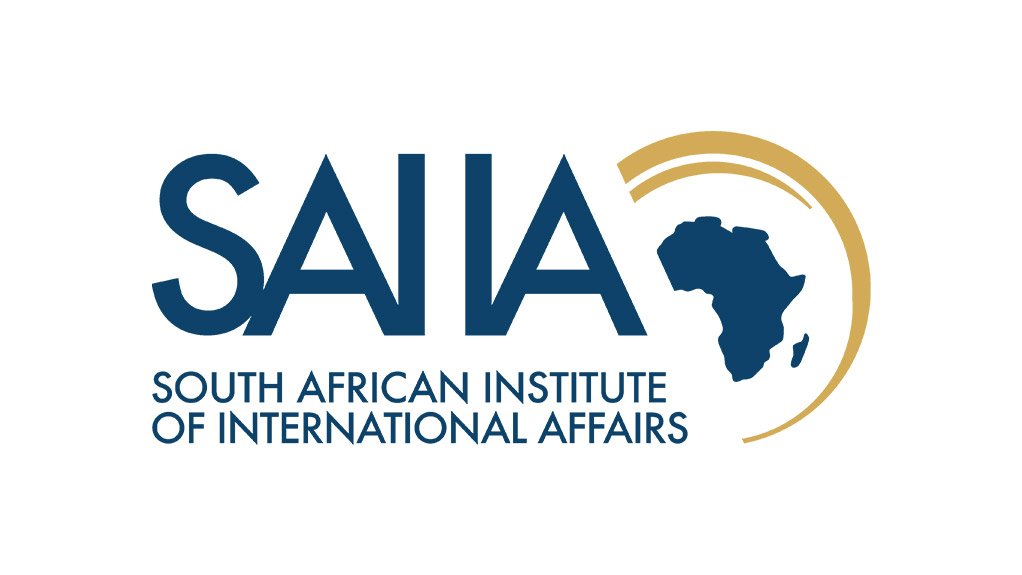Conflict in Europe has fast-forwarded a global race for green hydrogen. Australia was already well-placed, having already begun pursuit of large-scale green hydrogen development projects domestically and overseas.
With a focus on Africa this op-ed explores Australia’s international hydrogen-related green energy superpower potential.
Africa’s hydrogen potential
Africa, like Australia, has abundant and relatively cheap resources in renewable energy, coupled with on average low population density and large-scale availability of non-arable land. Around the Northern and Southern Tropics especially there is excellent solar (average daily potential of 4.49kWh/kWp) and wind resources (180 000 TWh per year) for potential green hydrogen production 1.
Moreover, South Africa and the Democratic Republic of Congo (DRC), have an abundance of the mineral resources essential for producing solar panels, wind turbines, electric motors, batteries, electrolysers, and biological carbon (biomass). South Africa alone is endowed with some 95% of the range of platinum group metals (PGMs). PGM catalysts are used to manufacture PEM electrolysers that produce hydrogen and in fuel cells, which form an important flexible source of green hydrogen.
In hydropower context, Africa is home to the highest installed hydropower potential of over 38 gigawatts (GW) – the world’s highest untapped potential. So far, only about 11% of that capacity has been utilized. Ethiopia and the DRC have the largest hydropower potential, given equivalently the two largest rivers (Nile and Congo) flowing between their borders. When considering the availability of extensive non-arable land and proximity to ports, North African countries, especially Morocco, alongside Namibia, South Africa, Angola, and Botswana are among countries well-placed in green hydrogen context.
Australia’s hydrogen market development
Australia plans to become a major global green hydrogen player. It is investing some $1.4-billion in building a hydrogen industry targeted at a competitive cost of below $2 per kilogram, and counting the carbon mitigated in the process as part of its Long-Term Emissions Reduction Plan.
Australia is also partnering with other developed countries in areas of research, investment mobilization and building hydrogen export supply chains. Prominent of these collaborations is the HyGATE initiative which the Australian government signed with German counterpart in 2021. Each country has committed $50-million and €50million respectively, for investment in hydrogen projects and value chains. Australia also has a similar partnership with Singapore, $30-million project targeting application of hydrogen to the maritime sector.
In 2018 Australia launched an experiment with Japan to test the world’s first clean liquefied hydrogen export ship. Called the Suiso Frontier, its first shipment was completed successfully on the 21st of January 2022. Other collaborative initiatives are ongoing with the United Kingdom on research development and the United States on best safety practices.
On the one hand, Africa as a market represents competition. Yet, it is also the hydrogen market frontier than could truly make Australia an international green energy superpower. Moreover, Australian politicians are keen for the country to diversify its trade and investment portfolio, and Africa acknowledged in 2022 by the United Nations to be earth’s only region with a fast-rising population to mid-century. The time is ripe and right for a deeper Australian-African green energy push.
Africa-Australia green hydrogen momentum
Just as the two continents of Africa and Australia enjoy a rich mining sector relationship, hydrogen-focused ties are emerging too.
In Mauritania, a framework agreement has been developed to host one of the largest green hydrogen projects on the African continent. Called “AMAN”, it was signed on the 2nd of June 2022 by the Mauritanian government and the Australian CWP Global, an energy group based in Newcastle. The agreement covers the development of a mega green hydrogen project that will require an investment of $40-billion, with 30 GW of electricity generation capacity, to produce 1.7-million tonnes or 10-million tonnes per year of green hydrogen or ammonia for local use and export. The project is expected to boost Mauritania’s economy by 50-60% by 2035. It will also support green hydrogen supply in the region, and potentially ultimately for European consumers too.
In the DRC, the Inga III hydropower project is envisioned as a green hydrogen resource by its Fortescue Metals Group (FMG). The Grand Inga project had been awarded to a Chinese-led consortium but in June 2021, DRC’s government announced that FMG would implement the project. The group plans to invest about $1-billion a year of its own money into the project.
Fortescue plans to become carbon neutral by 2030, including via incorporating the production and usage of green hydrogen. Andrew Forrest, chairman of FMG, stated that the Inga III project would produce green hydrogen and export it around the world. Even within the East Africa sub-region the prospect of Inga III could be game change – DRC has only very recently joined the East Africa Community, home to some of Africa’s faster-growing and more financially-modern economies.
In Djibouti, Fortescue Future Industries (FFI), a subsidiary of FMG, has signed a Framework agreement with the Djiboutian government to examine the possibility of developing green hydrogen production locally. The Djibouti Minister of Energy and Natural Resources Yonis Ali Guedi described the agreement as a major step towards significantly contributing to the socio-economic development, including job creation. Feasibility studies of the country’s renewables potential are underway.
A Win-Win-Win Green Energy Superpower?
African countries are scrambling to create jobs and to provide reliable energy to realise their economic potential. Australia is scrambling for economic diversification and seeks to become a green energy superpower. Europe is scrambling to diversify its energy sources. The whole world is scrambling to retain a sustainable home.
Deeper cooperation between two continents Africa and Australia, and potentially also between three continents, Africa-Australia-Europe, offers a timely frontier that is worth more attention. Sadly, however, Australia’s new foreign minister, Penny Wong, is yet to visit the continent.
Research by Chigozie Nweke-Eze & Lauren Johnston. Republished by the South African Institute of International Affairs
EMAIL THIS ARTICLE SAVE THIS ARTICLE ARTICLE ENQUIRY
To subscribe email subscriptions@creamermedia.co.za or click here
To advertise email advertising@creamermedia.co.za or click here











